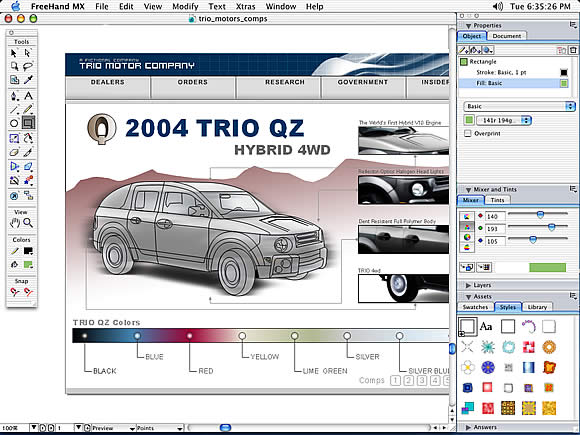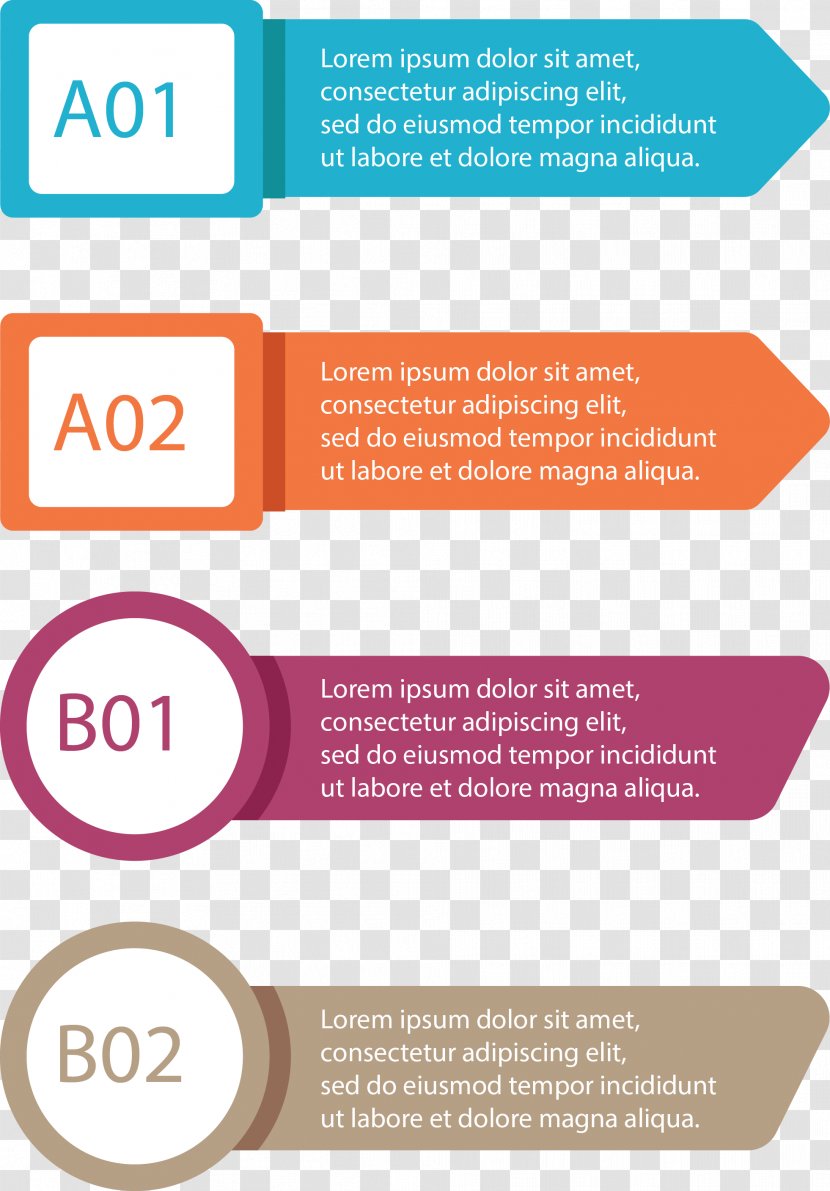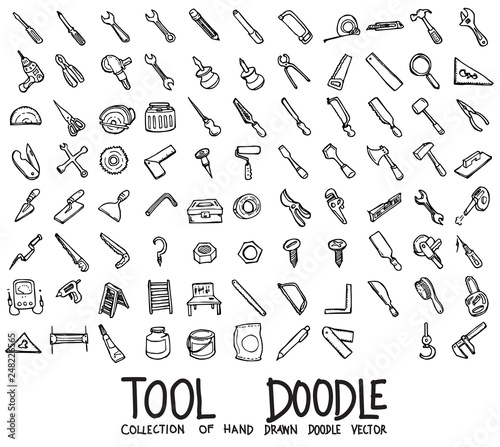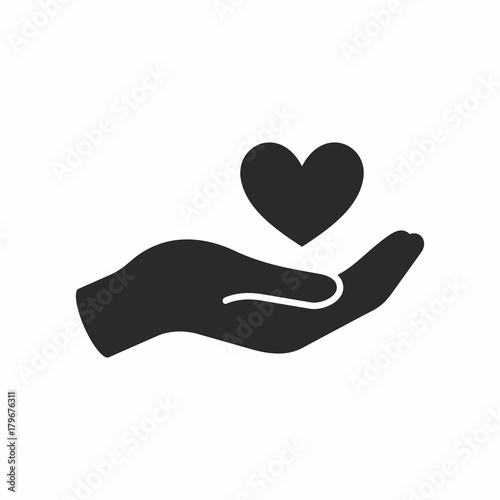Adobe Hand
How to make a label
Pick a size and shape
Choose the dimension that you need for any label. Whether you’re creating a few personal gift tags or a full set of product labels, you’ll find the right canvas for your project.
Choose a theme
Themes help communicate story and message for your label in a very visual manner. Browse through Adobe Spark’s Inspiration Gallery to find the theme template that’s right for you, or get creative and design your own.
Personalize with images
The Spark Post label generator gives you free rein on adding images and special effects. Upload your own or browse through Adobe’s image library for powerful visual combinations.
Describe with engaging text
The kind of lettering you choose for your labels says a lot about you. Try out a few different typography styles and see which one is the best fit for your message.
Download and share your voucher
Adobe Spark Post makes it easy to print your own labels or email the design to a print shop. Your creation is your own: Adobe’s label maker saves your finished work and provides one-click options for sharing, emailing, posting, downloading, or printing.
As long as people have been writing they’ve been hand lettering. But what started with a simple pen and paper has become a diverse and ever-expanding creative outlet that blends hand-drawn creative with cutting-edge technology — and the end results are popping up everywhere, from advertising to design and decor to art and DIY.


In the application bar, click the triangle to the right of the status button. Select the status you want to show to all attendees. To quickly toggle the Raised Hand status, simply click the button to the left of the. I am using Adobe Reader 9.1.3 and everytime I open a document, the mouse cursor is always 'select tool'. Even if I change it to 'hand tool', the next time I would open the same or even anyother document it would again be 'select tool'. I need it to remain as 'hand tool' everytime should I open the d. Most adobe press machines can be custom made to your specific requirements including: block sizes, power plants, regional parts replacement, dirt type, and additive needs. We also offer Mechanic and builder tool packages as well as complete parts and accessories packages. The popular keyboard shortcuts for Adobe Connect. Result Windows Mac; Display the list of meeting room keyboard shortcuts (HTML client) Shift+? Launch/close desktop sharing (for application) Ctrl+-Toggle Raise-Hand status: Ctrl+E: Command+E: Promote to Presenter. Requires selected user in Attendees pod. Use arrow keys to select a user. Ctrl+/ Command+/. By Meredith Alexander Kunz, Adobe Research Hand-colored character animations are a beautiful but extremely time-consuming creation for artists. But their work could get a lot easier, thanks to an experimental technology.

As a result of this growing interest, more and more designers are getting in on the hand-lettering action, looking to creative influencers like Mary Kate McDevitt for inspiration and actionable how-tos. Mary Kate has created lettered art for a host of diverse clients (from global publishing agencies to household names including Target and Sesame Street), while her five books are go-tos for hand-lettering artists. As an artist, author, and teacher, Mary Kate is renowned for her colorful and quirky style as well as her always-encouraging messaging that inspires students and beginning designers to dive into the hand-lettering trend.
Mary Kate, you’re a big name in hand lettering — which has become a very, very big trend in the last decade. How did you get your start?
I started doing lettering in college. I really liked the handmade aesthetic, but I had a few projects where I was trying to push into a slicker design aesthetic. I’d present my sketches and present the fonts I’d be using, hoping to marry the two styles. My teacher would say things like, “I think this sketch is the direction to use, just take this and that’s your final.” In my mind, though, I needed to make it more “design-y,” but the teacher would always disagree and tell me I should be doing everything by hand.
Book cover designed by Mary Kate McDevitt using hand lettering. Image Source: Mary Kate McDevitt.
In one case, I was working on pieces for a fictitious restaurant — a logo, menu, and things like that. That was my first project that I really incorporated hand lettering and illustration. I did it because it seemed to fit my style best, and made the project feel more like me. I was lucky to have teachers who encouraged me to embrace my style and helped me see that my own aesthetic was really in sync. After that I started embracing lettering a lot more, especially in my illustrations.
What was your first big professional hand-lettering project or experience?
I got a job at a small design studio right out of college, but it didn’t call for much illustration. However, at the same time I was running an Etsy shop and making a lot of “mini-goals” chalkboards. They were hand lettered and used motivational yet humorous phrases. The phrases I included on the chalkboards were everything I was telling myself to help keep me motivated throughout the day, so I figured other people might relate.
I’d email the boards to bloggers and they started posting my work and, soon after, an editor from Chronicle Books got in touch about making my chalkboards into a notepad. I stopped working at the design studio, moved to Portland, Oregon, and I started freelancing.
Inspiring messages have always been central to Mary Kate’s work. Image Source: Mary Kate McDevitt.
What do you think it is about hand lettering that resonates with so many people? There’s been a real resurgence in the last decade.
I think hand lettering is accessible. It’s an art lots of people can get into because it’s all word based. Everyone has either a phrase or saying that they like, and I think they want to see that through their own artistic lens. And beyond that, I think hand lettering is something that seems doable — like a lot of people could do it. People think they can’t draw, but letters are more familiar. I also think, from a design perspective, there’s just something beautiful about letters, and seeing how you can push it in so many different styles is appealing.
You’re a big proponent of collaboration, teaching, and sharing — that seems to be a huge piece of your work and your process, even. Why are you so pro-sharing? Are you worried about being so open with your work and your creative process?
When Instagram launched I’d share something I was working on — I’d take a picture of a sketch or something I was inking up and share that. I never thought I was someone with particularly impressive skills, so it didn’t occur to me that others would want to learn my process — the process, to me, seems very simple.
When Skillshare approached me to do a class, I was actually really scared for that very reason. They asked me to do a lettering class, and I saw that they already had one — and that the process was like mine. It took me a while to realize people wanted to hear from many different perspectives, approaches, and styles.
How do you approach sharing and collaboration now?
That teaching experience definitely opened my eyes, and now I see everyone has something to share in their own process. It’s also good for me — it’s always good to reflect on my process. For example, a lot of my process relates to the initial concept sketch stages, and just building up that sketch slowly from brainstorm to concept to the final tight sketch. When I taught my class, I pushed my students to be aware of that. I noticed in my process that I might be skipping a step, so I’d step back and say, “Remember what you taught your students.”
And, just to address it, I’m never afraid of someone stealing my style from taking my classes — which is something people often ask about. If you teach someone and show them a little more from a process and skill-building perspective, they’re more likely to take those skills and apply them in their own way.
Most hand lettering designers are incorporating technology in their processes now, you included. What do you see as technology’s place in hand lettering?
I used to work almost entirely by hand. I would ink everything up on paper and would add color in Adobe Photoshop. That was my process for a long time — but in the last few years, I’ve switched to using other tools, including brushes in Photoshop.
I just wanted to find brushes that resembled the kind of pens I’d be using on paper, and I’ve been trying to find that perfect brush that recreates my pen on toothy paper. I’m not a perfectionist at all, but working with these kinds of tools — and having “undo” literally right at my fingertips — has been great. You really can recreate the hand-drawn look this way.
Do you think incorporating tools like Adobe Photoshop has improved your process and your work?
Yes. I could never go back to only working on paper. My process is so much quicker. I can work in as many layers as I want. I can do several versions of one letter or one word and play with it directly in the layout rather than draw several versions of that same letter, scanning it and placing it.
Now I can do those versions right on screen, putting everything in the exact place I need it to be. That ability to edit easily and move things around is incredible — normally I’d have to ink drawings in layers to be able to modify color**.** Streamlining the process has been huge and super beneficial to me and my clients.
Are there any Photoshop or tech tips you’d share with a beginner or student designer? Something you wish you knew a few years ago?
Adobe Handbook
I mostly use Adobe Photoshop — I’ve also used Illustrator and Image Trace for lettering. Now, though, I mostly work directly in Photoshop. My advice here would be to keep pushing your use of brushes — use them more, and really experiment with what you think is working.
When people start out with Photoshop and hand lettering, I find they don’t often do that. I see the brushes they’re using, and I think maybe they haven’t fiddled with the controls much, if at all. You can see two patterns repeated. I use all Kyle T. Webster brushes. I don’t even make the brushes myself, but I do play with the controls just so they work best for me. To me, it’s about finding textures, and the brush you use is a big part of that. You need to make sure everything is cohesive. I see brushes that don’t look totally finished. In some cases it’s because the designer is making it themselves, and it’s not quite at the polished texture point yet.
Is there any other advice you’d share with designers?

It’s good practice to create tighter sketches — not just for yourself, but also for your clients. They’ll appreciate that. One thing I’ve found is that it’s better to show your clients the final as much as possible in the sketch phase, versus showing them something preliminary and saying, “You get the idea.”

One other note for beginners: focus on any imbalance in your work by looking at your layouts first. I think beginners might decide on a letter style that doesn’t really work with the phrase — maybe it’s a long phrase and they want to do a bold lettering style. The words end up getting small and stacked. When that or something like it happens, don’t be afraid to explore more with your composition. Start with the big picture, and move into style within those constraints.
Adobe Hand Tool
Personally, I really like when designers find that perfect composition — the one where everything starts fitting together like a puzzle. At that point, the style hardly matters. You can use simple letter forms — something I’ve been doing a lot in my work lately — without going crazy on the style. There’s a lot to be said for working out your layouts first.
Adobe Fonts Explore Unlimited Fonts
Ep evaluator 9 keygen download. Mary Kate uses Kyle Webster brushes in Adobe Photoshop andAdobe Photoshop Sketch. As aCreative Cloudmember, you can too — for free.Learn how to get them in this interactive tutorial.